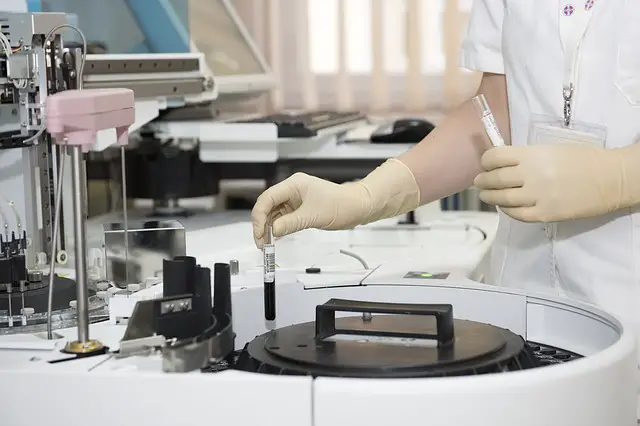Despite the fact that some cancers, such as prostate cancer have extremely high survival rates, others, such as pancreatic cancer are a virtual death sentence.
There are over 100 different types of cancer, and the survival rates vary not only with type but with how early the cancer is detected and how sophisticated the diagnosis and treatment options are to the patient.
Until a cure or cures are found, new and better diagnostic techniques are the best weapons in the war.
Advances in Diagnosis and Treatment
Fortunately, advances in diagnosis and treatment are constantly changing the survival rate for cancer victims.
Survival rates are usually quantified by how long the patient lives following diagnosis, i.e. a five year survival rate refers to the rate of people that survive five or more years following diagnosis.
Obviously, the current five year survival rate refers to people diagnosed with cancer five or more years ago, therefore, any advancement made in the last five years affects the future of that rate.
And that is the good news as cancer death rates for most cancers continues to decline.
Lung cancer is one of those that have a high mortality rate unless caught early, but with new diagnostic and preventive techniques, doctors are hopeful that this rate will also decline.
Among these are techniques for identifying genetic markers that can lead to lung cancer.(1) This is especially important in non- and never-smokers; groups traditionally thought to be in the ‘safe’ category.
Examining the genetic mutations and indicators in the 10% of never-smokers who develop lung cancer could lead to earlier diagnosis.
The flip side of this coin is examining early molecular changes in healthy smokers before and as the disease takes hold. Access to healthy smokers during early stages of cancer is, of course, the challenge.
Speaking of genetic mutation, examination of MicroRNA (miRNA) signatures have been found to predict receptors linked to certain breast cancers.
Profiling of miRNA has led to increased accuracy in diagnosing tumors and to better accuracy in the proper therapy to avoid or mitigate the cancerous growth.
This diagnostic technique is still in its early stages due to the high number of variables in the technique and the limited sample set of data available for analysis at this time.
Another innovative technique being developed involves a procedure very similar to a traditional mammogram but entails a closer examination of the light waves as they pass through the tissue.
Further development of this diagnostic technique will require a development of more refined pieces of equipment above and beyond the X-ray tubes used currently.
When the “C” word is broached, not many people think of mouth and other oral cancers, but they are among the quickest spreading cancers and have about a 50% mortality rate since most are not diagnosed until after they spread to other tissues.(2)
A new technique is being developed, however, that could make it possible for dentists to diagnose oral cancers in a normal office visit.
The procedure involves the dentist examining unusual lesions during a checkup or undergoing dental work.
The test only requires removing cells from a lesion using a small brush, which is placed on a chip and examined by a computer.
The results of the test are ready by the time the patient leaves the chair. Imagine if a technique this quick and simple could be expanded to other forms of cancer.
Research is underway to make just such a diagnostic technique possible. Several companies are hard at work developing tools that can make diagnosis less expensive than traditional tests, such as PET and CT scans, and quicker than waiting for biopsy results to return from a lab.
Some of these tools rely on the fact that as the cancer cells metastasize, tumor cells are cast off and enter the blood stream.
These tests involve a quick analysis of blood samples which will isolate, identify and quantify these cells.
The presence and number of these circulating tumor cells (CTCs) can be an early identifier of patients with, or with the potential, for certain types of cancers.
Conclusion
It is well known that the early diagnosis of cancer is the key to successful treatment and survival.
With these and other new diagnostic techniques for finding and treating cancer, hope continues to raise for those diagnosed with cancer and future generations.
Researches and references
(1) http://www.ncbi.nlm.nih.gov/pubmed/23288638
(2) http://oralcancerfoundation.org/facts/
Leave Feedback: Was this article helpful?

